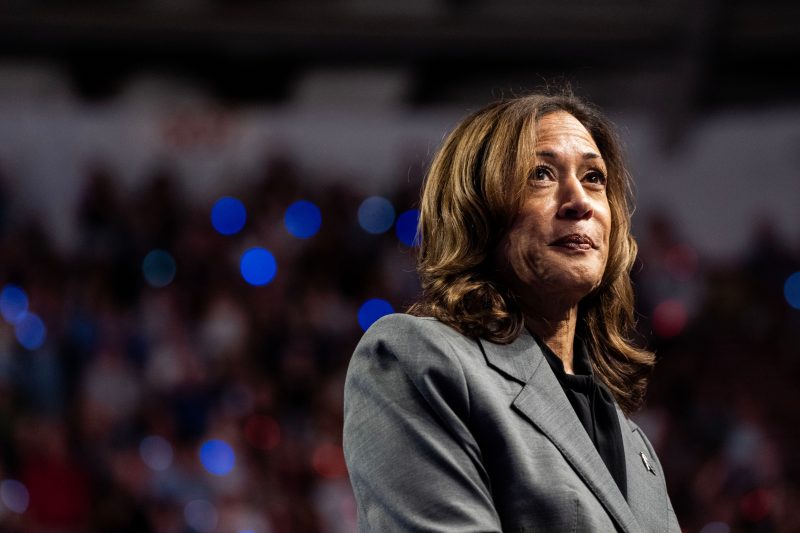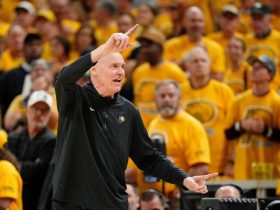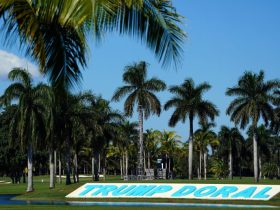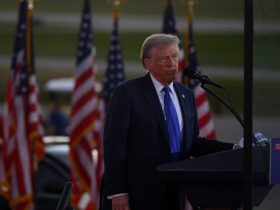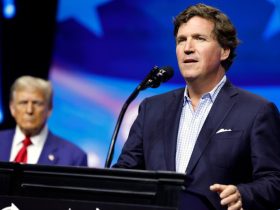The coordinated campaign of Vice President Kamala Harris made history this week when it became the first to raise $1 billion in less than 80 days since she entered the race, according to multiple people familiar with the haul.
But her campaign leadership is worried that they still might not have enough to win — and that news of the windfall could hurt the campaign by dampening fundraising in the final weeks.
People familiar with the campaign strategy, who spoke on the condition of anonymity to discuss plans, said Wednesday that the campaign continues to face significant headwinds that will require more money over the coming weeks. They said each of the seven targeted swing states remains within the margin of error, requiring costly spending plans.
“Talking about this type of big money doesn’t convey the sense of urgency to do every single thing in all of the big and small ways,” one person involved said in a text message Wednesday. “We are in the margin of error. This will come down to grinding it out.”
The truncated timeline of the Harris campaign has required enormous efforts to introduce her to voters in a short window, her advisers say. And the undecided voters that Harris is trying to reach continue to resist commitment, requiring additional advertising and field efforts to contact them. Pennsylvania alone, a state with about 7 million presidential voters in 2020, has required the campaign to launch multiple targeted efforts to lift turnout and margins, particularly among older voters who don’t feel they know her, and among younger Black voters.
“There have never been so many electoral college votes in play so late in the cycle, which means that our strong fundraising and volunteer enthusiasm are not guaranteed to be enough to fully reach voters everywhere they are,” another person said in an email.
A Washington Post average of high-quality, public polls shows every swing state is within a normal-size polling error of 3.5 points and could go either way. Gallup recently found that most major indicators point to significant Republican advantages this election cycle, including recent increases for Republicans in party identification and the overall mood of the country. Americans have low confidence in the economy, the president’s approval is near historic lows, and there is little satisfaction with the way things are going in the country — all indicators that tend to work against the incumbent party.
The Harris campaign continues to dominate former president Donald Trump in overall spending, expensing about three times as much as the Republican nominee in August, according to the most recent month reported to the Federal Election Commission. With supportive outside groups, the campaign spent about 2½ times as much as Trump and his allies in reported advertising between the end of the Democratic convention and Oct. 4, according to AdImpact.
Podcast episode
But the Harris campaign has calculated that this advantage is a necessity for victory, not a luxury, given Trump’s other advantages in the race. From the start of the cycle, Democrats have calculated that the only path to victory is by narrow margins in the contested states. As of now, the Harris campaign is not comfortable with its position among targeted swing voters and those the campaign calls “persuade to participate” because they are uncertain to vote.
Harris entered the race with an enormous windfall of donations, raising $126 million from 1.4 million donors in less than three days after President Joe Biden abandoned his bid. Her coordinated campaign, which includes funds raised for allied Democratic Party committees, raised $361 million during August, her campaign announced. NBC News was the first to report her $1 billion haul Wednesday.

